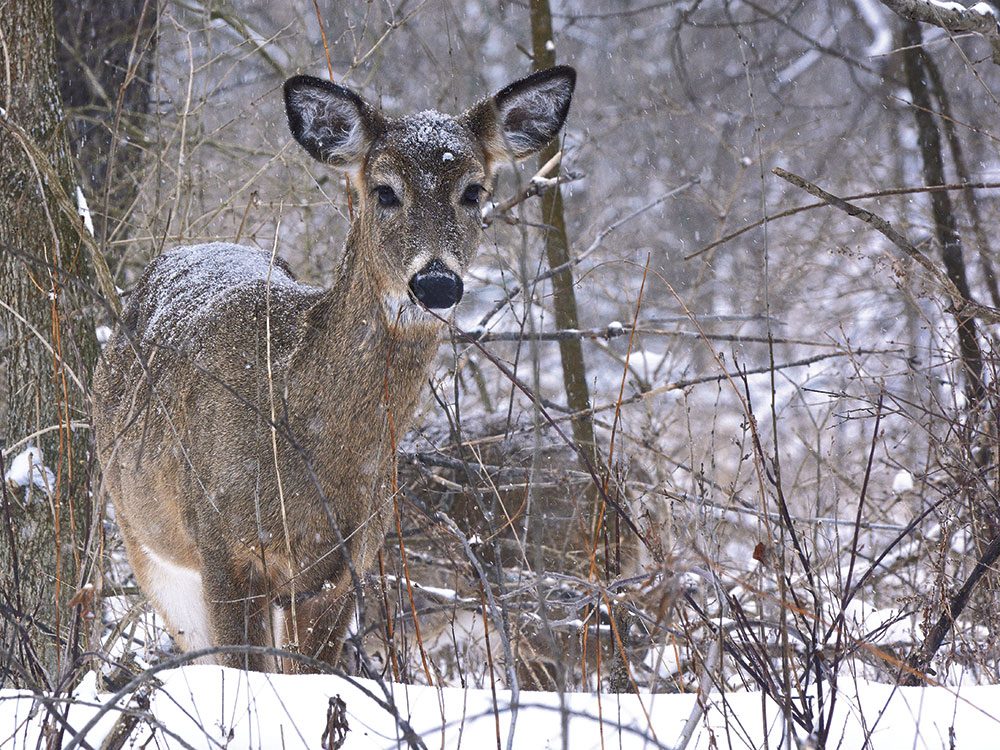
Photographing Wildlife at Rattray Marsh Conservation Area
I walk through the Rattray Marsh Conservation Area in Mississauga on a daily basis. The marsh is partially bordered by Lake Ontario and Jack Darling Park, and is part of both the Waterfront Trail and the Trans Canada Trail. It is a little “gem of nature” in the middle of the city.
The marsh is maintained by Credit Valley Conservation. The main trail is a two-kilometre loop, with a couple of side trails. Although “marsh” is in its name, parts of the trail are a wooden boardwalk and other parts are dirt pathways. In spring it can be muddy, so don’t wear your brand new white running shoes! The trails aren’t maintained in winter and can be icy, but there are enough people who walk through the area, so paths are created.
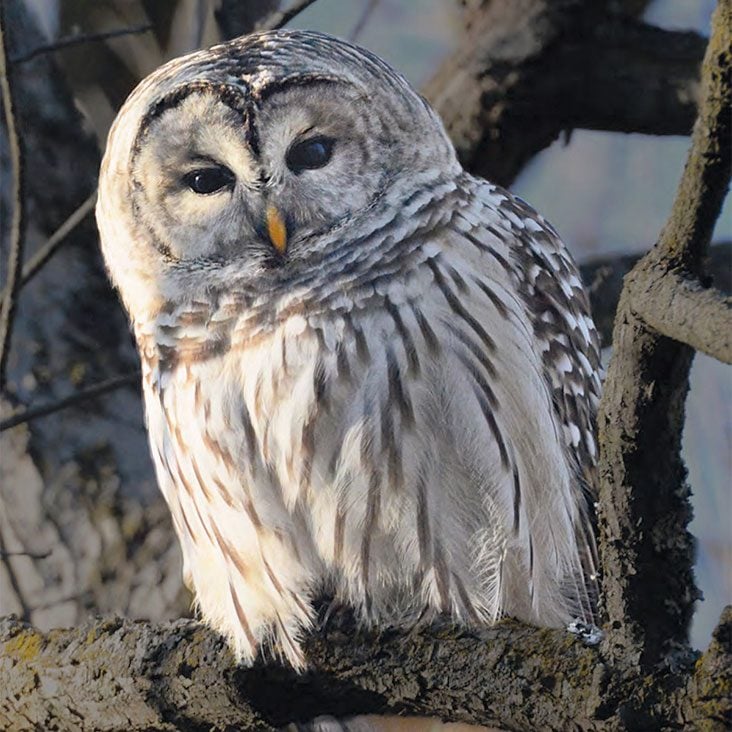
In spring and fall, the marsh is a great spot to see migratory birds, and in summer some of the many birds you may see include blue herons, great egrets, turkey vultures and the Cooper’s hawk, as well as Baltimore orioles, wood ducks and belted kingfishers. (Don’t miss these great Canadian bird stories.) The barred owl, great horned owl, hairy woodpecker and downy woodpecker are year-round residents. Occasionally, I see other critters such as minks, muskrats, snapping turtles and coyotes. My favourite animals to photograph, however, are deer.
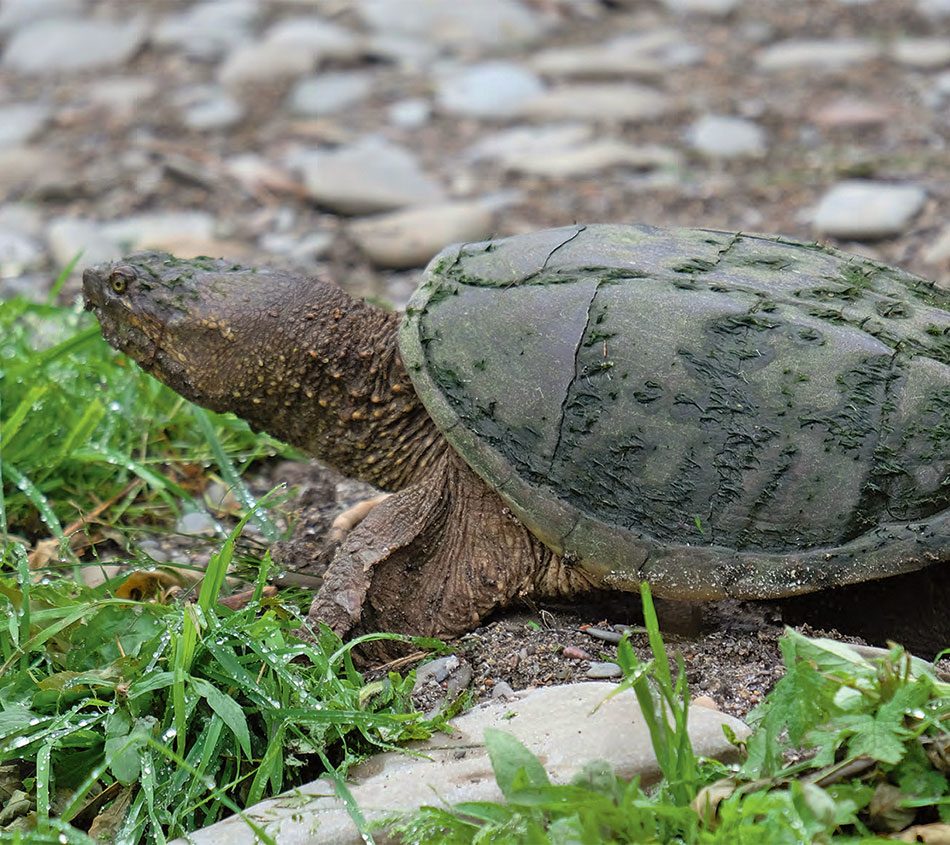
Rattray Marsh is home to about a dozen deer. Since the summer of 2016, I have spent hundreds of hours watching them. Before then, I’d only see a deer occasionally during my walks, but for some reason in 2016, I began spotting them almost daily. I now have almost 2,000 photos of deer in the marsh. Sometimes they are grazing in the open, about 30 feet from the trail, while other times they might be hidden in the vegetation, five feet from the trail. If I hear something rustling in the bushes I always stop. It might be just a squirrel, or it might be a deer. What follows are some of my many deer encounters.
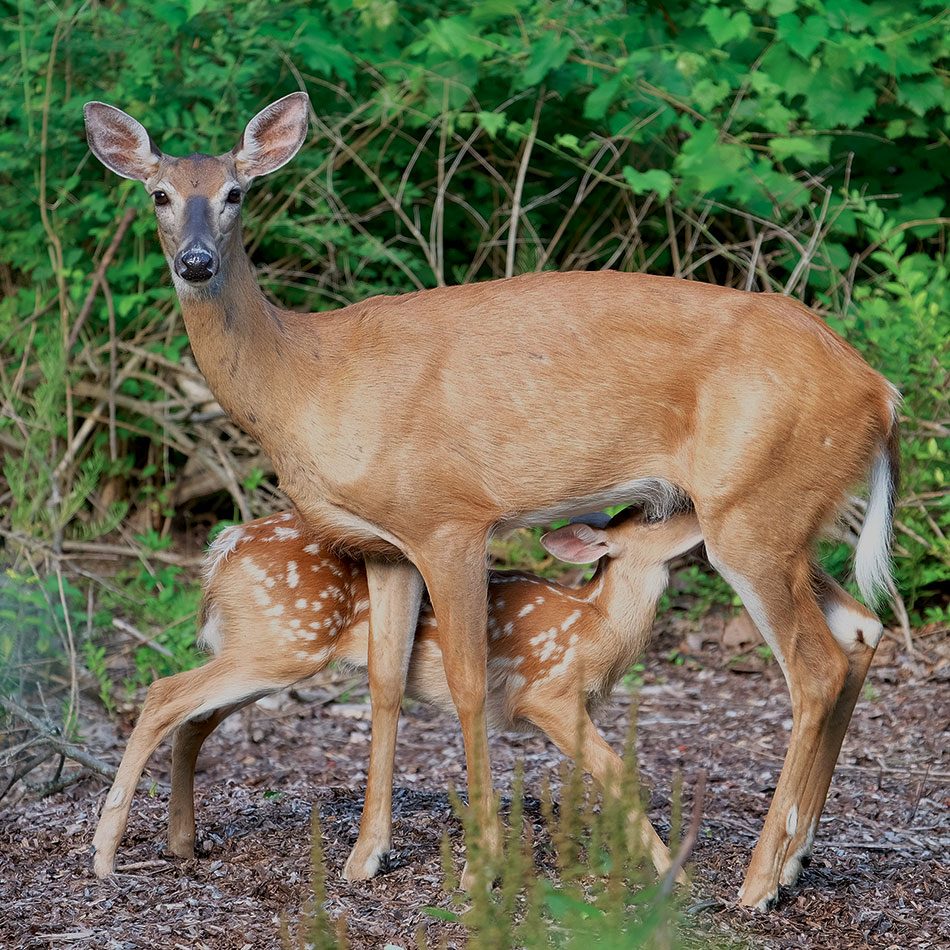
In July 2016, I spotted a doe grazing about ten feet away from the edge of the trail. I stopped to snap her photo; she didn’t seem to mind that I was so close to her. A couple of days later, I spotted her again. This time she was about 30 feet away and had her two fawns with her. After she was done grazing, she started to walk away. She then did a great big U-turn, walked right towards me and stopped a couple of feet away. She was so close, I actually thought she was going to lick my camera lens. After the doe left, a couple of people who had observed all of this asked if I had food for the deer. I didn’t; she just wanted to check me out. I decided that “Nosey” would be a good name for her.
Since that time I have had many up close-up interactions with Nosey, as well as many other deer in the herd.
Here’s why Point Pelee National Park is a shutterbug’s paradise.
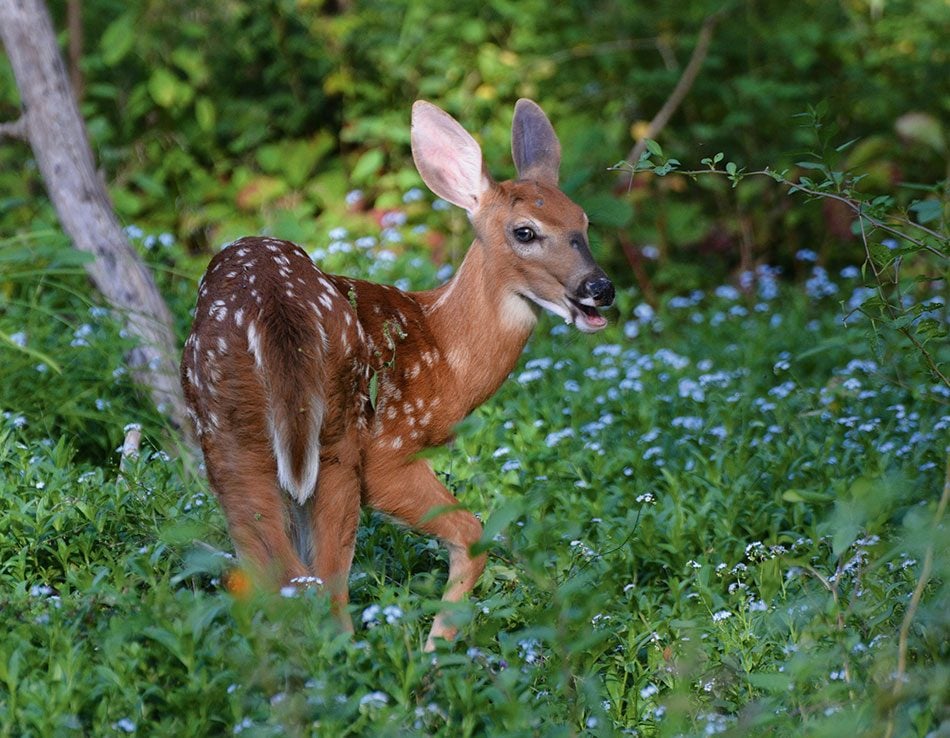
Over time, I’ve learned that if a deer is looking at you, stomping its front hoof on the ground, and trying to make as much noise as possible while breaking twigs, this deer is not happy with you. I have only had this happen to me twice. The first time, I was standing on a bridge overlooking the creek, while a doe and her two fawns were in the creek. They wanted to pass under the bridge, but they didn’t like me standing above them. The second time, I saw a doe more than 40 feet off the edge of the trail. I couldn’t figure out why she was upset with me, so I turned around. I stopped and saw her fawn running towards her from the other side of the trail. Both those events happened more than two years ago and I haven’t had a deer stomp its hoof at me since then.
Check out more of Karin’s gorgeous work in this gallery of extreme weather photography.
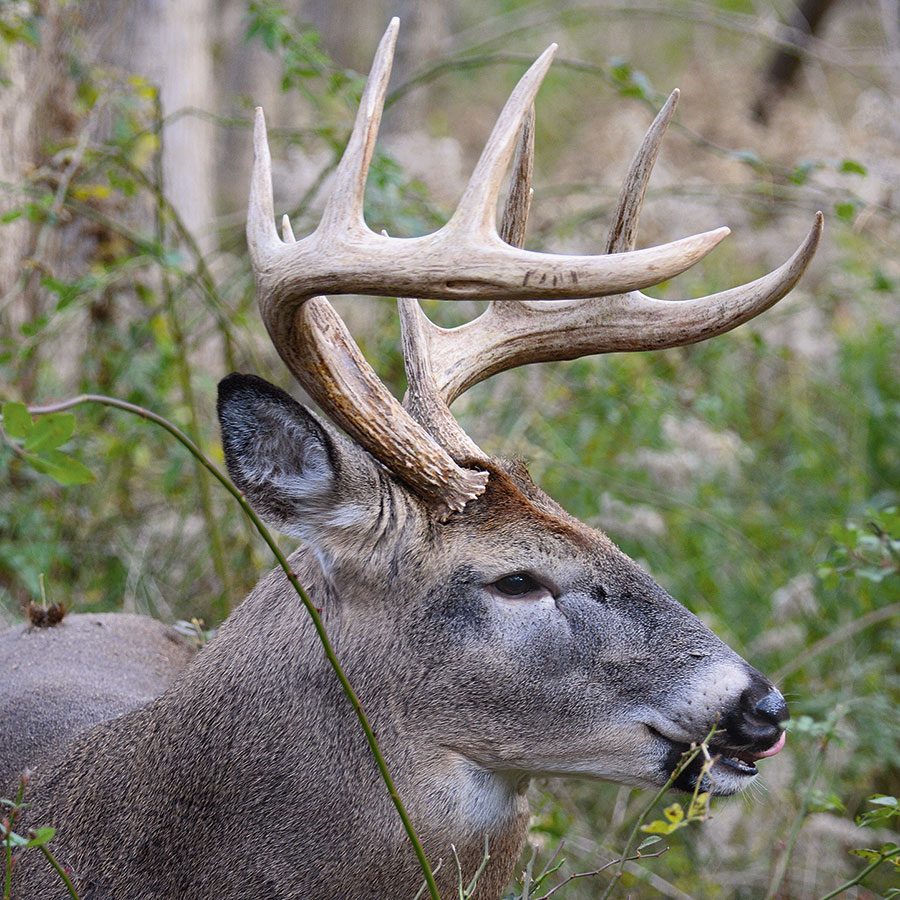
In November 2016, during mating season, I’d been out all week taking pictures of one particular buck. One afternoon, I couldn’t find him, so I was snapping pictures of a doe instead. It happened to be Nosey. She was grazing about five feet in front of me when the buck appeared. She wanted nothing to do with him, and walked right beside me, close enough for me to pet her, then stopped two inches behind me. She had never been this close to me before. The buck continued to approach us and he stopped to graze about eight feet in front of me. Nosey’s fawn appeared; I watched as the fawn and the buck smelled each other, with Nosey still standing directly behind me. I wasn’t worried about the buck being aggressive towards me, as he’d allowed me to follow him all week without a problem. After I managed to snap a number of pictures, all three walked off to graze in a nearby clearing.
Check out this gallery of gorgeous bird photography.
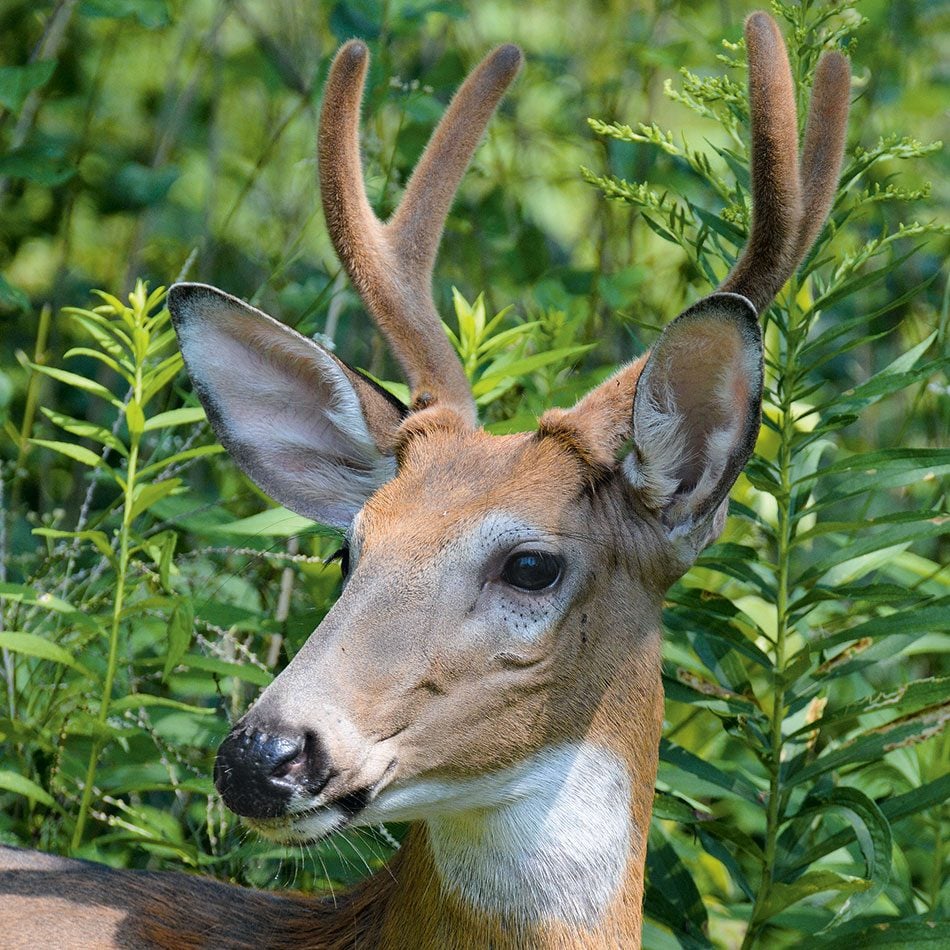
A couple of weeks later, I spotted a fawn that appeared to be alone, at the edge of the clearing. I inched closer to see if it was, indeed, by itself. As I got closer, it turned and ran down a game trail. I could see there was another deer down the trail, so I called out, “Hi deer, come here.” I couldn’t believe it when the deer began walking towards me! I sat on a log and watched it approach. Once again, it turned out to be my friend Nosey. She stopped about two feet in front
of me, sniffed me and then decided to graze a couple of feet away. Her fawns followed her, but they were grazing on the other side of me.
This is what it’s like photographing wildlife in the dead of winter.
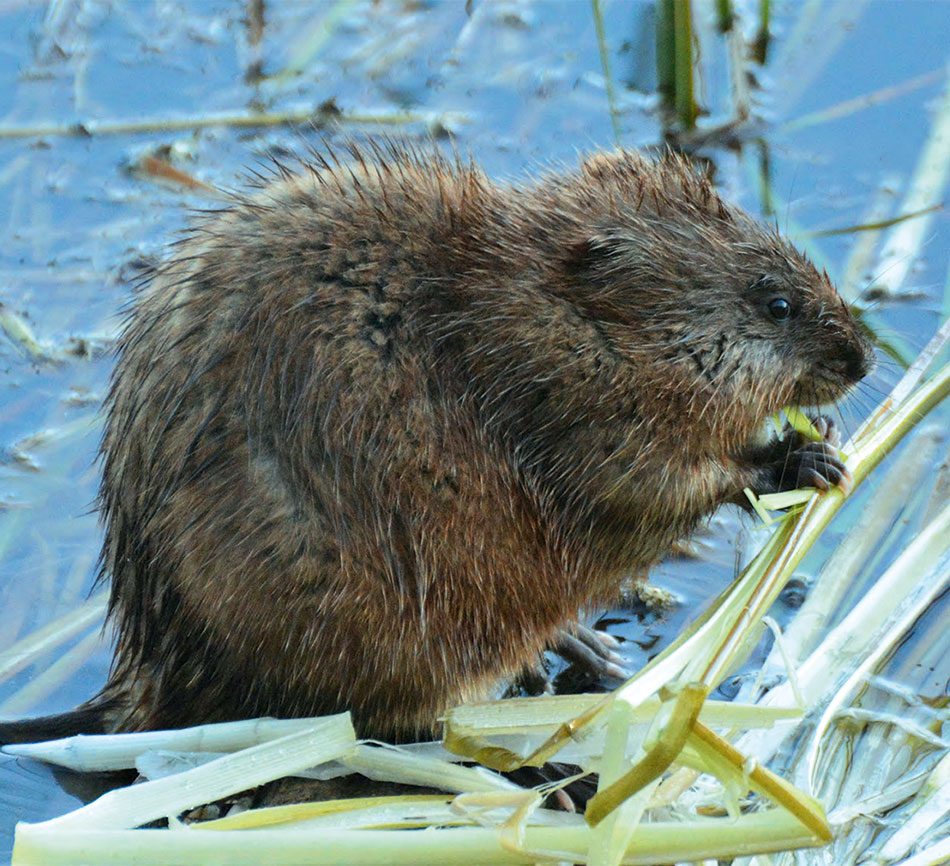
So many people say you have to be completely quiet around deer or you will scare them away. When I see a deer, however, I speak to it. That way, if I do step on a branch, I don’t startle it as it already knows I’m there. In Nosey’s case, she now recognizes my voice. I can’t tell you how many times I’ve called her since that first time, and she comes to me. Whether it’s Nosey or one of the rest of her herd, being surrounded by these deer is an incredible feeling.
For me, the Rattray Marsh Conservation Area is a great year-round spot to enjoy a piece of nature in the city.
Next, explore 50 gorgeous parks across Canada.